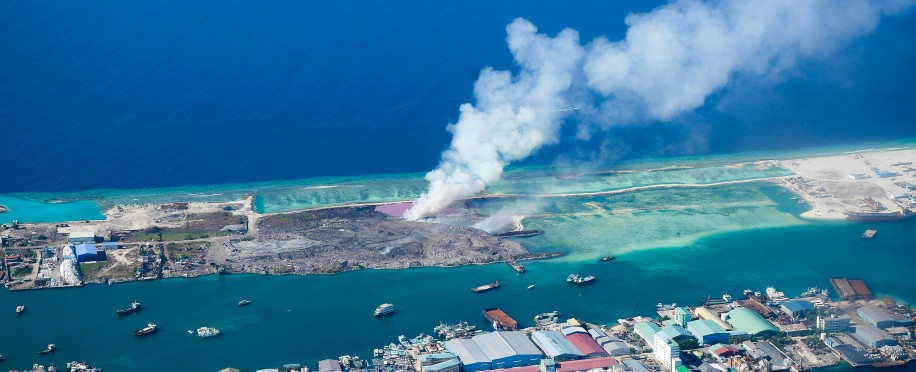Copyright © 2025 lmitac.com All Rights Reserved. Contact - Terms and Conditions - Privacy Policy - Quality Policy - Become an instructor - Vacancies - Sitemap
London Maritime Academy is a trade name for London Premier Groupversion: 2.9.0
London Maritime Academy is a trade name for London Premier Group

Posted on : 10/10/2025, 11:21:20 PM
You can train for the sea. You can plan for the weather. But when a real crisis strikes, leadership becomes the anchor that holds everything together.
Crisis Management in Shipping isn’t about ticking boxes or writing long manuals no one reads. It’s about people—how they act, how they react, and how they lead when things go wrong. From crowded cruise decks to offshore cargo vessels, pressure changes everything. So does the leader's response.
When a ship faces a sudden engine failure, or a storm reroutes a vessel with passengers on board, decisions can't wait. Emergencies at sea unfold fast. Leaders must act faster. But not recklessly. Real leadership in shipping emergencies is calm, clear, and deliberate.
Crisis Management in Shipping depends on strong leadership—someone who knows how to guide a team, keep communication flowing, and coordinate with port authorities, agencies, and offshore support. Whether you're managing a fire in the engine room, dealing with rough weather, or responding to geopolitical disruptions like Houthi attacks in the Red Sea, the approach must be proactive, not reactive.
Before the procedures, before the checklists, it’s the people. Seafarers, crew members, even port stakeholders—they're the ones making critical decisions in real time. That’s why training matters. Not just the technical side, but the human side too.
Leaders must know how to handle fear, miscommunication, and fatigue. Crew members need more than drills—they need leadership that adapts under stress. Exercises based on real situations—not just theory—build instinct, not just memory.
So much of Crisis Management in Shipping comes down to the ability to stay focused when chaos is unfolding around you. That kind of focus doesn’t happen by accident. It’s developed through experience, coaching, and proper Crisis Management in Shipping courses built around the STCW code and maritime guidelines.
What happens on one vessel can disrupt an entire logistics chain. A delayed cargo delivery. A rerouted cruise. A port evacuation. These are not isolated events. They affect business continuity, security, and even prices across international markets. Forwarders feel the strain. Companies lose contracts. Ports face congestion. And yes—lives can be lost.
So crisis management isn’t just a shipboard issue. It’s a global, connected challenge that calls for coordination across all layers of the industry. Managing it takes more than manuals. It takes leadership at every level.

Too many organisations try to figure out their crisis strategy in the middle of the emergency. The truth? If you haven’t already planned, you’re too late.
Good crisis strategies are built in calm waters. They include clear roles for the crew and companies, a structured communication chain with agencies, and procedures that have been tested—not just written down.
Training must include the unexpected: cyber threats, system failures, crowd control, even behavioral shifts under pressure. That’s why online simulations, leadership development, and scenario planning are no longer optional—they’re required.
A strong crisis response includes:
In the middle of a major incident, you don’t always get perfect information. Systems might be failing. Comms might be down. The weather might be worsening. Still, someone has to lead. Someone has to decide.
The difference between a contained crisis and a disaster often comes down to that person. Do they panic or plan? Do they communicate or go silent? Do they rely on their training, or freeze under pressure?
In shipping, the best leaders don’t just “get through” the crisis. They guide others. They stabilise operations. They organise chaos and build maritime innovations. And they do it while protecting people, vessels, and the business.
When a company truly invests in its people—crew, shore teams, even port partners—it shows during a crisis. It shows in the procedures they follow, the tools they use, and the way they stay focused when others falter.
Leadership under pressure means having a clear plan, but knowing when to pivot. It means communicating confidently, even when the facts are uncertain. It means ensuring the safety of passengers, protecting assets, and staying compliant with the code—all while under stress.
In short, it means knowing what matters most and acting on it. Fast.
Leadership in this space isn't just about being on deck. Crisis leadership applies at all levels—from the bridge to the boardroom. Whether you’re managing shipping lines, working in maritime insurance, running training centres, or leading logistics networks, the principles are the same:
Whether it’s a collision, a compliance breach, or a critical systems failure, the way your people respond defines the outcome.
Crises at sea will never be fully avoidable. But with the right leadership, they can be manageable. They can be planned for. They can even become moments that define a company for the better.
Crisis Management in Shipping isn’t about control—it’s about resilience. It’s about staying human, staying prepared, and staying connected—even when systems break and plans collapse.
Great leaders don’t wait for the storm to pass. They lead through it.